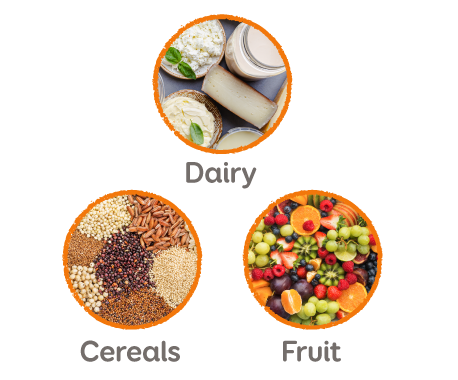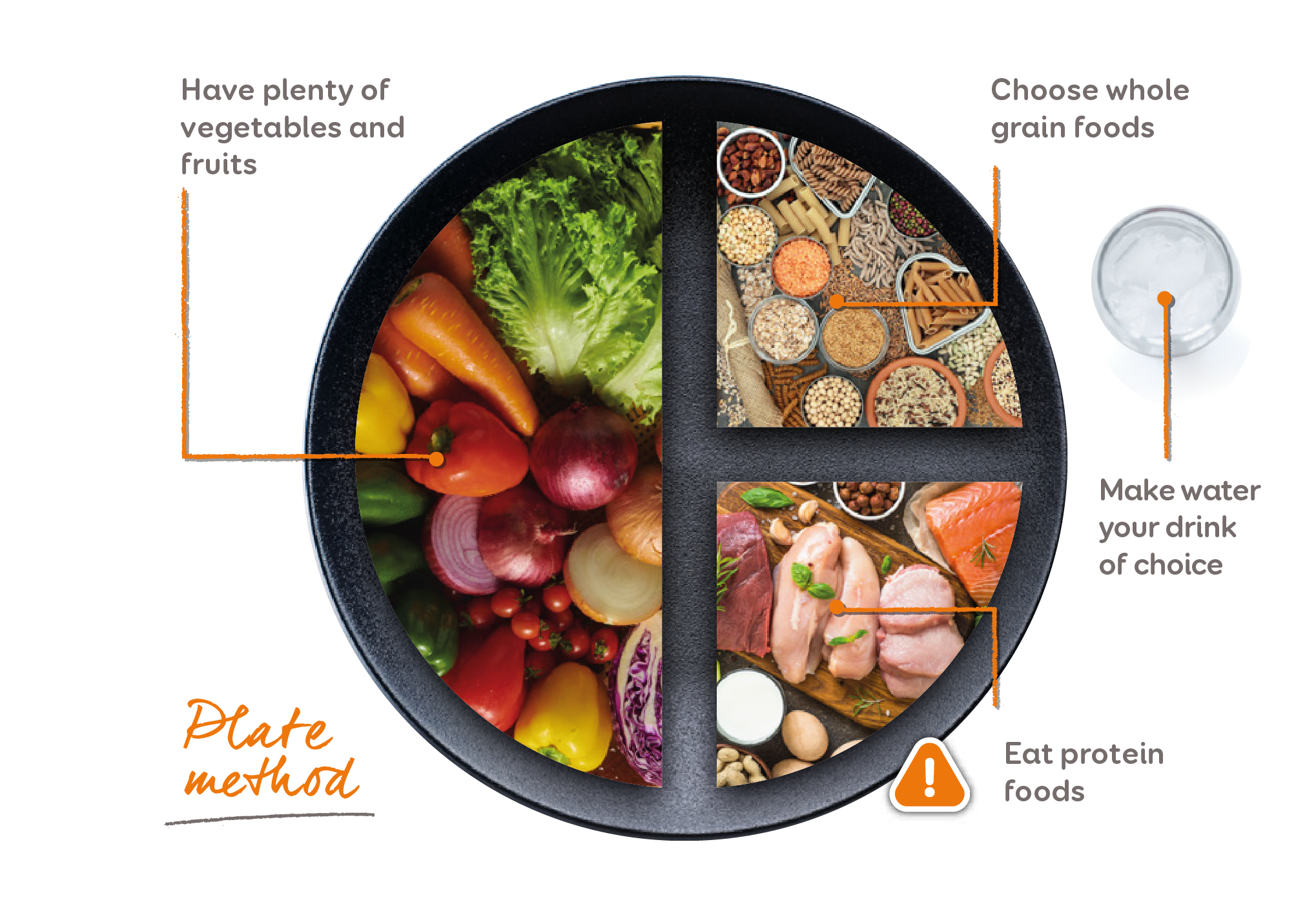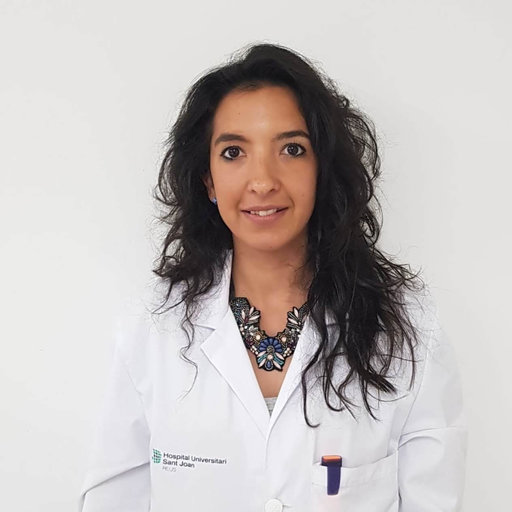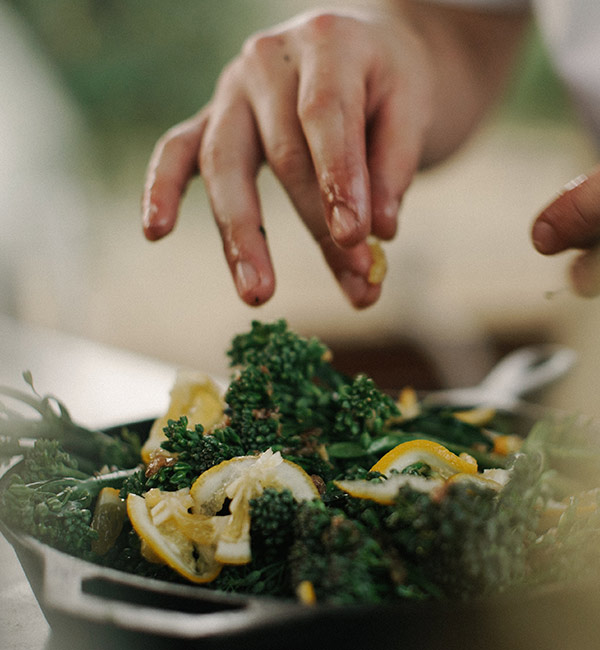The LAL-D friendly diet for Children
To ensure the intake of the necessary calories we can structure meals as follows:
- Breakfast
- Mid-morning snack
- Lunch
- Afternoon snack
- Dinner

Breakfast
Breakfast can be comprised of a dairy product, wholegrain cereal and a piece of fruit.
- Dairy products: milk, yoghurt, fresh or low-fat cheese and/or milk alternatives with no added sugar. The use of skimmed dairy product is an easy way of lowering the lipid content in our diet.
- Cereals: breakfast cereals with no added sugar, oatmeal, bread, toast, etc. It is better to opt for wholegrain.
- Fruit: preferably opt for seasonal fruit.
Below are some breakfast examples:
Breakfast at home
- Milk with wholegrain cereal
- Yoghurt with seeds
- Strawberry and banana smoothie with oat milk
- Yoghurt with red berries
- Toast with cottage cheese and strawberries
- Bowl of fruit with dark chocolate chips
Breakfast at school
- Yoghurt with fruit
- Sandwich with fresh cheese and tomato
- Wholegrain bread sticks and a kiwi
- Hummus sandwich
- 2 homemade oatmeal and banana cookies
- Corn cakes with 1 breast of fillet turkey and a tangerine
 Lunch
Lunch
For lunch we will use the plate method, which makes eating healthily very simple. We divide the plate into 3 sections (as shown in the picture):
- 50% vegetables
- 25% complex carbohydrates (wholegrain pasta, rice or bread, potato, sweet potato, quinoa, corn, legumes)
- 25% low-fat protein (fish, seafood, egg, poultry or vegetable protein).
Have water to drink and preferably fruit as dessert.
Afternoon snacks
Snacks should be light, avoiding juices and pastries (this is a recommendation for everyone, not just for those with LAL-D). Some good options are dairy products, corn cakes, fruit or vegetables (carrot or cucumber sticks, cherry tomatoes, etc.).
Dinner
The plate method should also be applied to dinner, but opting for lighter dishes instead. The drink should be water and the dessert should be fruit. To prevent children eating foods that are high in fat and empty calories, it is important not to buy these products. If children and teenagers can’t find these foods in the house, they won’t eat them. A shopping list is key to not giving in to temptation.
Children and teenagers should also be encouraged to be more aware of their own diet. A better understanding of the impact of nutrition can provide a greater sense of control. It can also lead to taking personal responsibility over the food choices children and teenagers make. One possible way of achieving this is to encourage participation in cooking and in choosing appetising recipes.
There are easy tricks for transforming a meal into a healthy one. One trick is to simply change the proportions of the meal you’re making by using the plate method. Another easy trick is to change the cooking method to reduce the fat content.
For example, if your child asks for cake, it’s easy to make a healthy homemade version using low-fat ingredients. There is always a healthy alternative. A fun way of learning is to involve children – the whole family can enjoy looking for healthy recipes!
The main problem that can arise with a low-fat diet is a fat-soluble vitamin deficiency (vitamins A, D, E and K). However, this does not always happen. It is important to consult healthcare professionals in order to monitor these vitamin levels. Promoting healthy meals with healthy lifestyle habits (sleeping well, exercising and having a social life) is really important for healthy development.

Cèlia Rodríguez-Borjabad
Written by Cèlia Rodríguez-Borjabad a Registered Dietitian Nutritionist at Vascular Medicine and Metabolism Unit. University Hospital "Sant Joan". Rovira i Virgili University. IISPV. CIBERDEM. Reus (Spain)



